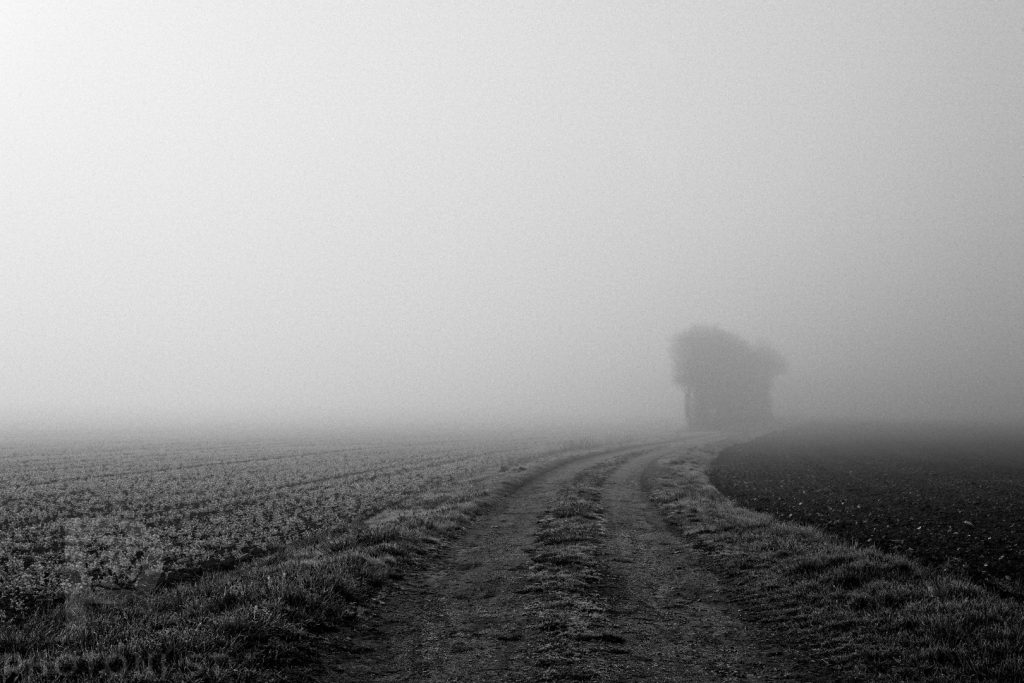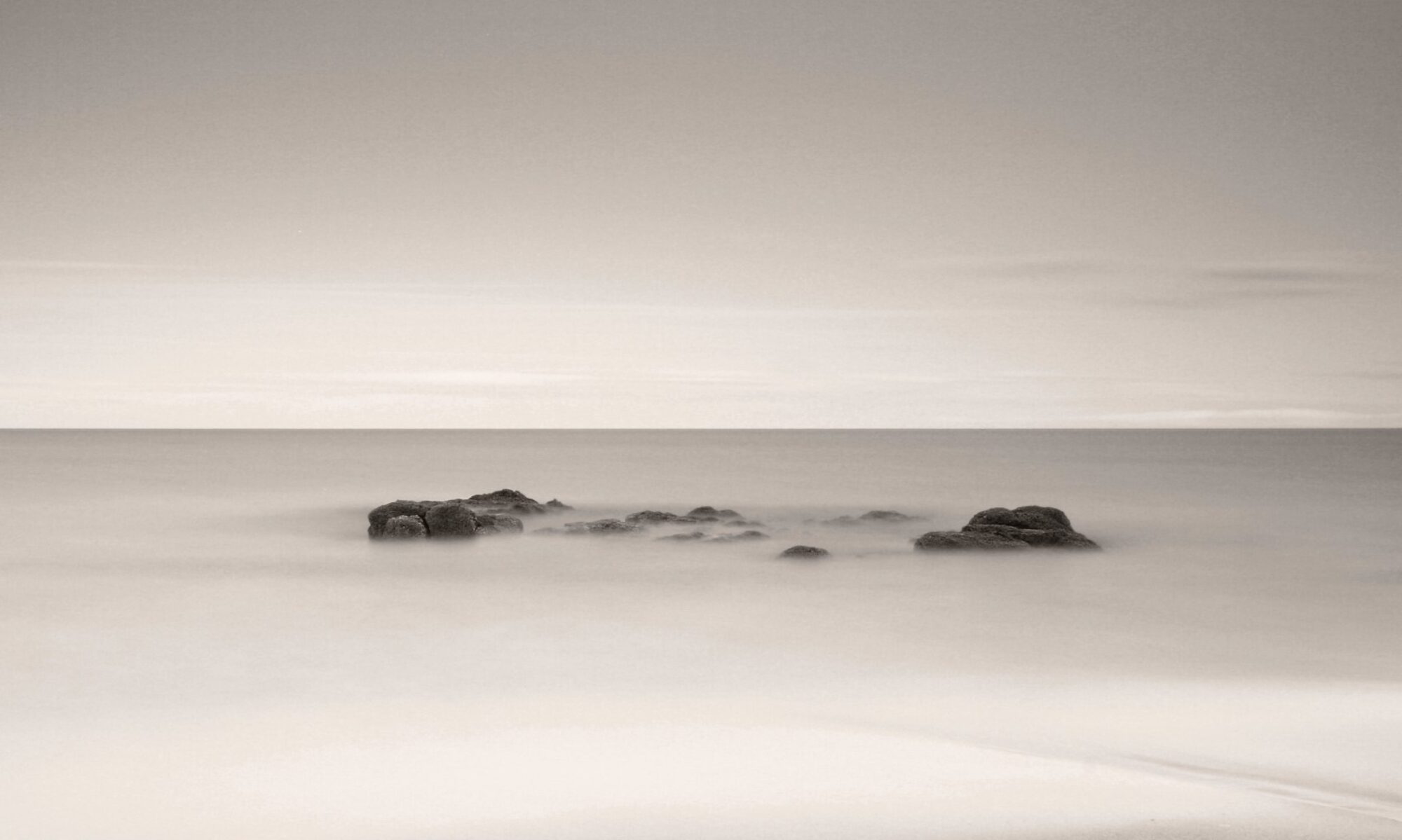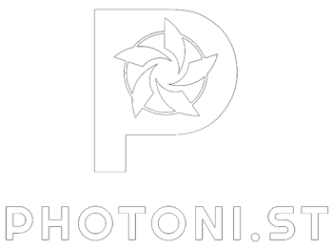I see photography not just as the activity of producing images/art/a record, but also as a bridge between our internal landscape and the external world we selectively engage with. While we cannot directly photograph thoughts or emotions (yet), our choices in subject matter, composition, and timing reveal the invisible threads of our inner narrative.

Because photography is a subjective activity, the photographer’s eye gravitates toward subjects that resonate with their internal preoccupations (I’m ignoring pro and commission work in this discussion). A collection of photographs might reveal patterns: repeated motifs of solitary spaces, intricate natural patterns, or specific color harmonies. These choices aren’t random but rather reflect the photographer’s internal dialogue with their environment.
There is a reason why a lot of photographers, pro and amateurs, have personal projects. Often they’re niche endeavours, or subjects that are not commonly covered by others. These projects reflect their passions, preoccupations, questions, anxieties, and interests.
A photographer that repeatedly captures images of doorways, each frame suggesting transition and possibility, might be expressing through this recurring theme an internal contemplation of boundaries, change, or the relationship between spaces; thoughts that might never be verbalized but find expression through the lens. That’s me; I have a huge collection of doors and windows from around Europe.
Or take a photographer that loves nothing more than taking landscapes devoid of people. Is it that they’re more comfortable on their own than around others? Is it that they like spending time contemplating the silence of nature in a world that overwhelms them? Is it that being on their own allows them to recharge their batteries?
Photography thus becomes a form of involuntary visual journaling, documenting not just what we see, but how we see it. The internal monologue that usually remains private guides our hands as we frame shots, choose moments, and decide what deserves preservation. In this way, photography doesn’t capture our internal life directly but maps its contours through the shadows it casts on our creative decisions.
These visual choices (conscious or unconscious) create a tangible record of our internal world, offering those who pay attention a glimpse into the rich mental landscape that shapes our perception of reality. Through this medium, the typically mute internal monologue finds a voice in visual form, speaking through composition, subject choice, and the moments we choose to preserve.
This becomes particularly significant for individuals who find it very hard to engage others and therefore don’t normally communicate their inner workings to others: deep introverts, people on the autism spectrum, people with PTSD. People who often experience the external world as overwhelming and counterintuitive, and prefer not to engage with it. Their expression through photography can show their inner world to others possibly in ways not possible otherwise. Photography can let them express their inner workings without the complexities of direct social interaction, without feedback, without having to deal with understanding others’ reactions, without sending conscious messages.
When I look at photos that people show the world, I always wonder what they tried to say, what their internal discussion was when they selected that image over another, what secret inner event or obsession the photo betrays. These questions are sometimes more important to me than the actual photographs.
#Photography #Opinion #PhotographyTheory #Theory #IMayBeWrong

